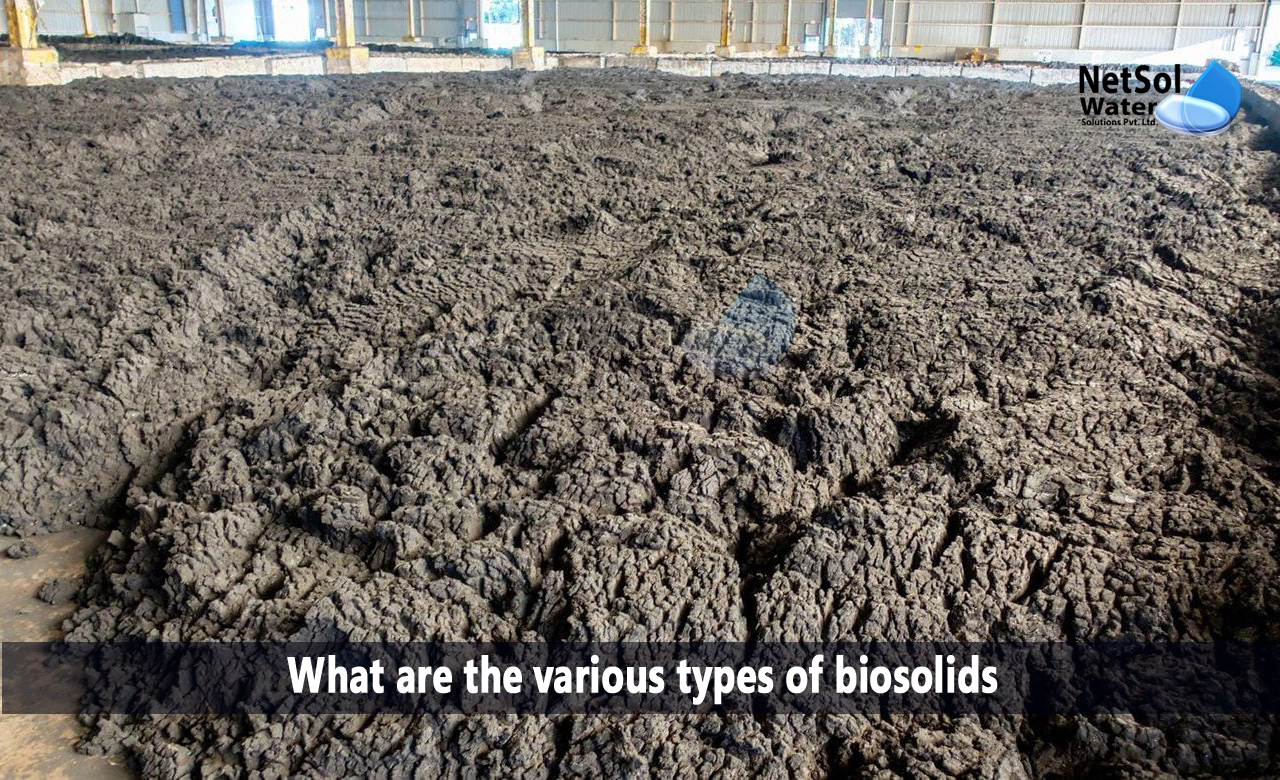What are the various types of biosolids?
Paper mill waste, composts, biosolids (processed and tested sewage sludge), and other organic waste are frequently recycled to use in soils. This has incredible results:
• improves soil health
• repurposes nutrients
• scavenges carbon (mitigating climate change)
• cuts down on pesticide and fertilizer use
• brings life back to degraded lands
· utilizes residuals that every community must manage in a beneficial way.
As we know that the wastewater treatment creates residual solids that must be controlled, because it is a crucial public health service.
Let’s examine the various types of biosolids!
Class B and Class A
Class B: They must be managed at locations with low public interaction, in line with rules because they still contain some pathogens, although, fewer than untreated animal manures. For the use of Class B biosolids, site permissions are necessary in India, New England, New York, and the eastern provinces of Canada.
The majority of Class B biosolids are employed in highly controlled forestry/silviculture, land reclamation projects, or on farms. These Class B biosolids applications are risk-free because additional pathogen reductions are made possible, by environmental factors such as sunlight, bacterial competition, and weather, which eliminate any lingering infections.
Class A: Pathogens are essentially absent from Class A biosolids, and some of them, including cured composts and heat-dried biosolids pellet fertilizers, can be applied everywhere.
Class A biosolids also contain manure-like items that have undergone extensive treatment, but may still smell unpleasant. These items are best used and handled similarly to Class B biosolids.
Common forms of biosolids
Sludge from treated sewage systems is referred to as biosolids. The four types of biosolids that are used most frequently, are more precisely referred to as:
• Biosolids cake is created when liquid biosolids are dewatered after being biologically stabilized (most frequently through anaerobic digestion) in raw sludge. For consistency, the cake has 15–30% solids; the remainder is made up of water. By air drying, the cake can be further dried. Air drying and lagoon stabilization produce results that are similar.
• Biosolids pellets: After being heated in a dryer and dried to total solids content of 95%, raw sludge or liquid biosolids are dewatered to about 20% total solids, before being pelletized.
• Raw sludge or biosolids that have been stabilized with the addition of lime, after initially being dewatered.
• Dewatered raw sludge or biosolids are composted, usually along with other organic materials, to create a high-quality product that can be used in both private gardens and public parks and gardens.
Recycling organic waste is necessary for sustainability and healthy soil!
In order to be used as fertilizers and soil additions, biosolids must pass stringent federal, state, or provincial regulations. Organic matter and plant nutrients are added to soils via biosolids.
They can also be processed thermally and dried to produce biogas, which is a form of methane that can be utilized to generate renewable energy.
Conclusion
For local authorities and operators, the growing amount of biosolids generated by wastewater treatment, in tandem with population growth and urban sprawl, is a major source of concern. Biosolids treatment is now required in order to recover products and reduce volume.
For further information or to make a purchase of advanced water and wastewater treatment plants, please contact us at +91-9650608473 or enquiry@netsolwater.com



